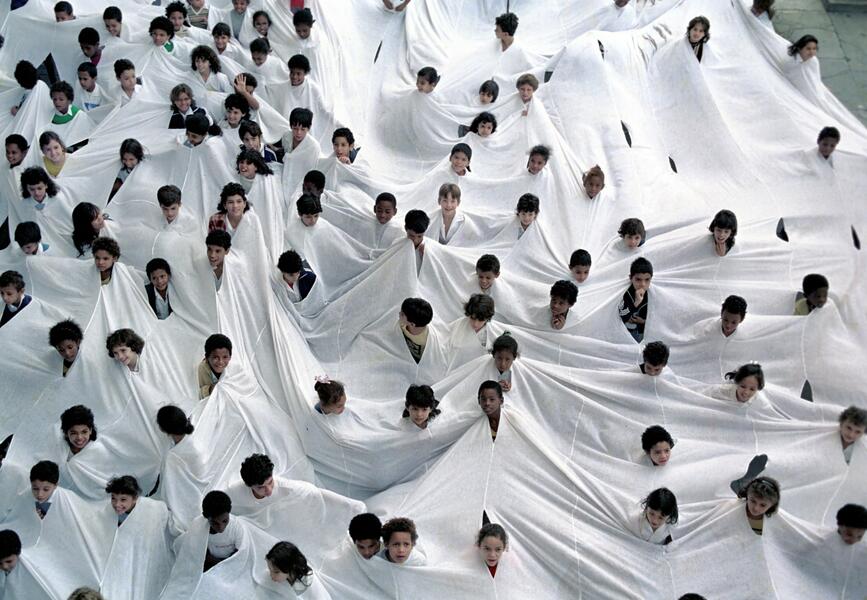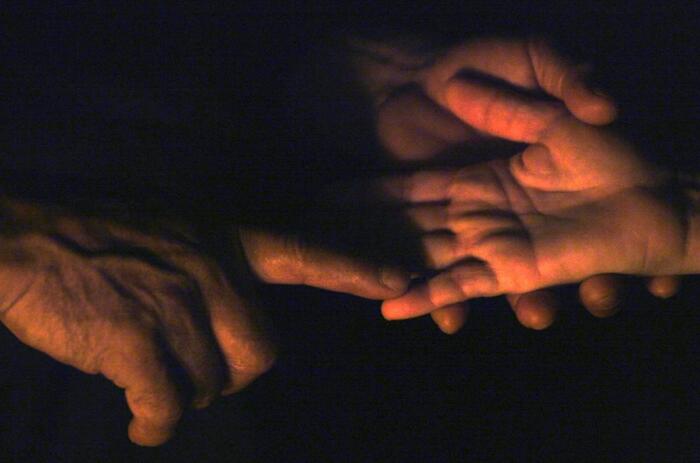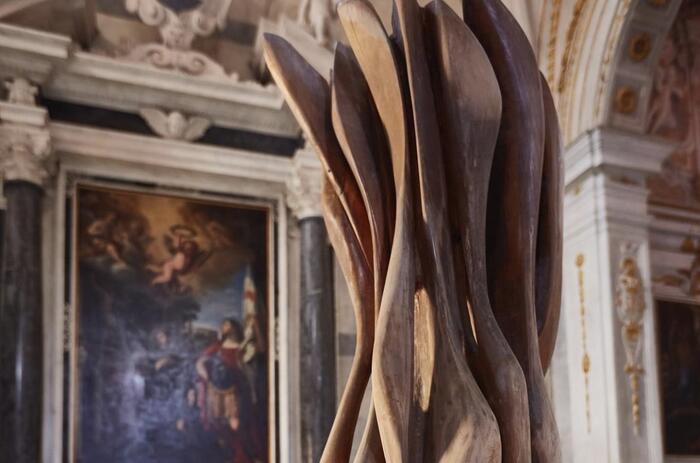LYGIA PAPE – THE SKIN OF ALL
The Kunstsammlung Nordrhein-Westfalen is dedicating the first comprehensive solo exhibition to the Brazilian avant-garde artist Lygia Pape (1927–2004) until July 17, 2022. Titled “The Skin of ALL” the exhibition presents the artist’s multifaceted, transgressive oeuvre, which she developed over five decades.

Lygia Pape was one of the key figures of the Neo-Concrete Movement in Brazil in the 1950s and 1960s. Her specific understanding of geometric abstraction resulted in a radical new conception of concrete-constructivist art. In addition to ethical and socio-political issues, Lygia Pape made her poetic works fruitful for experimental experiences that involved all the senses.
At the center of her artistic interest was the liberation of the work of art from a static form and the concept of the open work. Pape became preoccupied with the European avant-garde—especially with Piet Mondrian and Kazimir Malevich—as well as with philosophers such as Maurice Merleau-Ponty and Susanne K. Langer, while at the same time situating herself in the Brazilian cultural tradition with concepts such as anthropophagy. In clear demarcation from a purist, rational orientation of concrete art, as pursued by Max Bill, for example, but also by the Grupo Ruptura in São Paulo, Pape included all the senses in her participatory works and declared the corporeally involved viewers as active participants in the actual creation of her works.
The oil painting “Pintura” (1953), acquired by the Kunstsammlung Nordrhein-Westfalen, marks her artistic beginnings, in which Lygia Pape was already exploring an abstract visual language and color as a sensual means of expression. Her subsequent series of abstract geometric paintings, created between 1954 and 1956, dynamize the pictorial space through a play of free-floating abstract forms and lines on a white ground. The “Relevos” (1954–56), which developed further into the space, involve the viewers as activated participants in the dynamized processes of perception.
Parallel to this, Lygia Pape began to work with the medium of the woodcut in 1953. The so-called “Tecelares” (1953–1960) are one of her most important and largest groups of works of the Neo-Concrete phase. In the abstract woodcuts, the strict geometric forms combine with the sensual qualities of the material and the lively structure of the wood. Her drawings, created at the same time, also explore ambivalent spatial relationships with their finely drawn ink lines and evoke musical notations with their rhythmic structures, which already anticipate her late “Ttéias” spun from gold and silver threads. With her haptically manipulable “Livro da criação” (1959), which tells the story of the creation of the world, Pape liberated the work from static form.
The exhibition presents the multifaceted work of this artist and honors Pape as an important and enriching voice within a global art development. Lygia Pape’s oeuvre can finally be presented to a broad public in Germany, taking a further, long overdue step to advance the expansion of the canon of modern and postmodern art historiography of the Global North.
The Kunstsammlung NRW
Lygia Pape: The Skin of ALL
Through July 17, 2022







